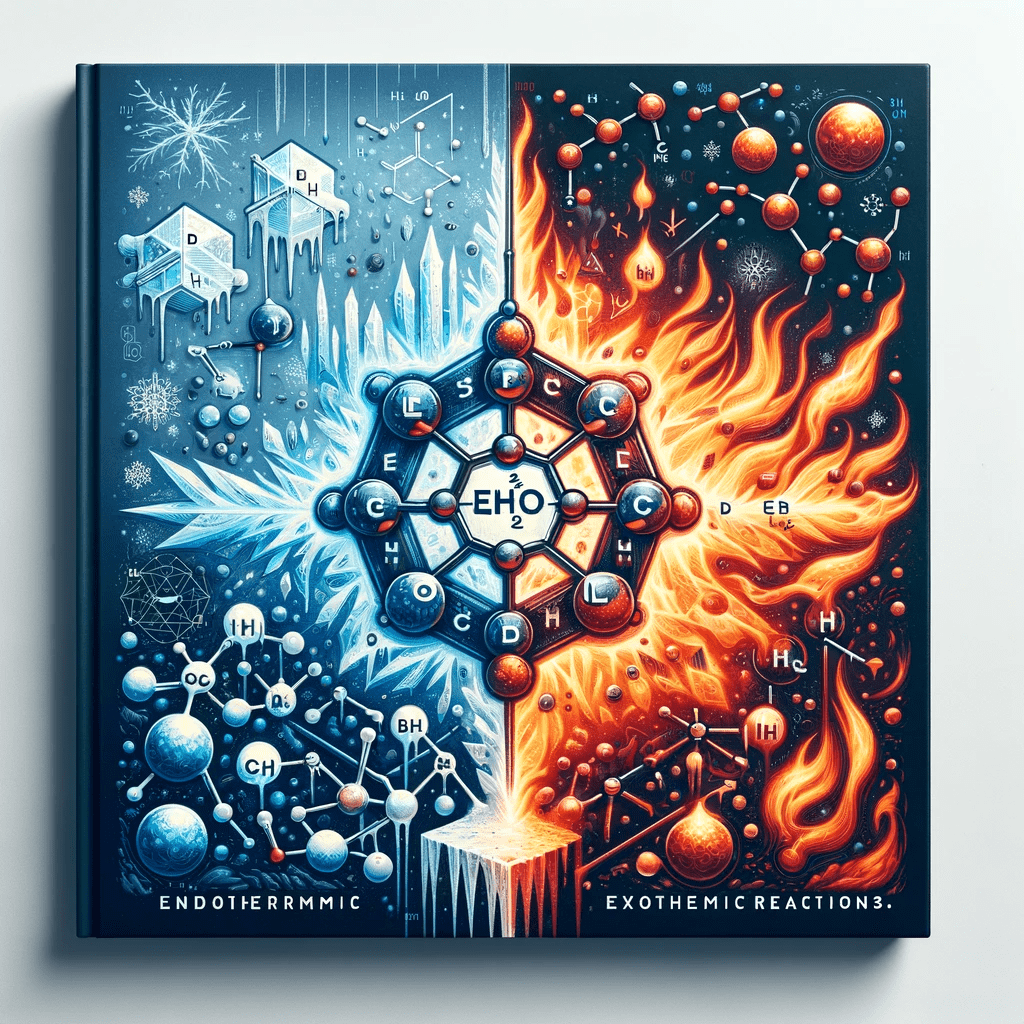Definition
Endothermic reactions absorb energy, typically heat, from their surroundings during the reaction process.
Expanded Explanation
These reactions are vital in chemistry and physics, showcasing energy absorption dynamics. They underpin many natural and industrial processes.
Importance
Endothermic reactions are crucial for understanding energy transfer in chemical and physical systems, shaping many technologies and natural phenomena.
Context and Usage
In various fields, these reactions illustrate energy absorption, critical in fields like material science, environmental technology, and biological processes.
Examples
- Example 1: Photosynthesis in plants is a classic endothermic process, absorbing sunlight to convert carbon dioxide and water into glucose.
- Example 2: The melting of ice is a simple everyday example, requiring heat absorption to transition from solid to liquid form.
Understanding the Glossary Term
Common misconceptions include the idea that endothermic processes are always cold; in reality, they absorb heat, which can be from warm sources.
Related Glossary Terms
- Catalysts: Catalysts are integral to endothermic reactions as they accelerate these energy-absorbing processes by reducing the required activation energy.
- Activation Energy: Crucial for initiating endothermic reactions, is the minimum energy required to start a chemical reaction.
Visual and Reading Aids


External Resources
- BYJU’S: Endothermic reactions, including physical processes like melting ice, absorb heat from their surroundings to form products, creating a cooling effect.
- ScienceDirect.com – Influence of Pressure on the Regenerative Cooling Process of Endothermic Hydrocarbon Fuel under Extreme Pyrolysis Conditions.
Related Articles
- Solar Thermal Collectors: Absorb sunlight and convert it into heat, a process that involves the absorption of energy similar to endothermic reactions, which also absorb energy from their surroundings.
- Unlocking the Activation Energy Equation: A Deep Dive: This article complements the term ‘Endothermic Reactions’ by elucidating the minimum energy requirement critical for initiating these energy-absorbing reactions.
Affiliate Links Disclosure:
This post contains affiliate links, meaning I may earn a commission if you click and make a purchase at no additional cost to you. As an affiliate for Amazon, ClickBank, and other affiliate programs, I may be compensated if you buy products or services through my recommendations. Please know that I only promote products I trust and believe will be valuable to my readers.